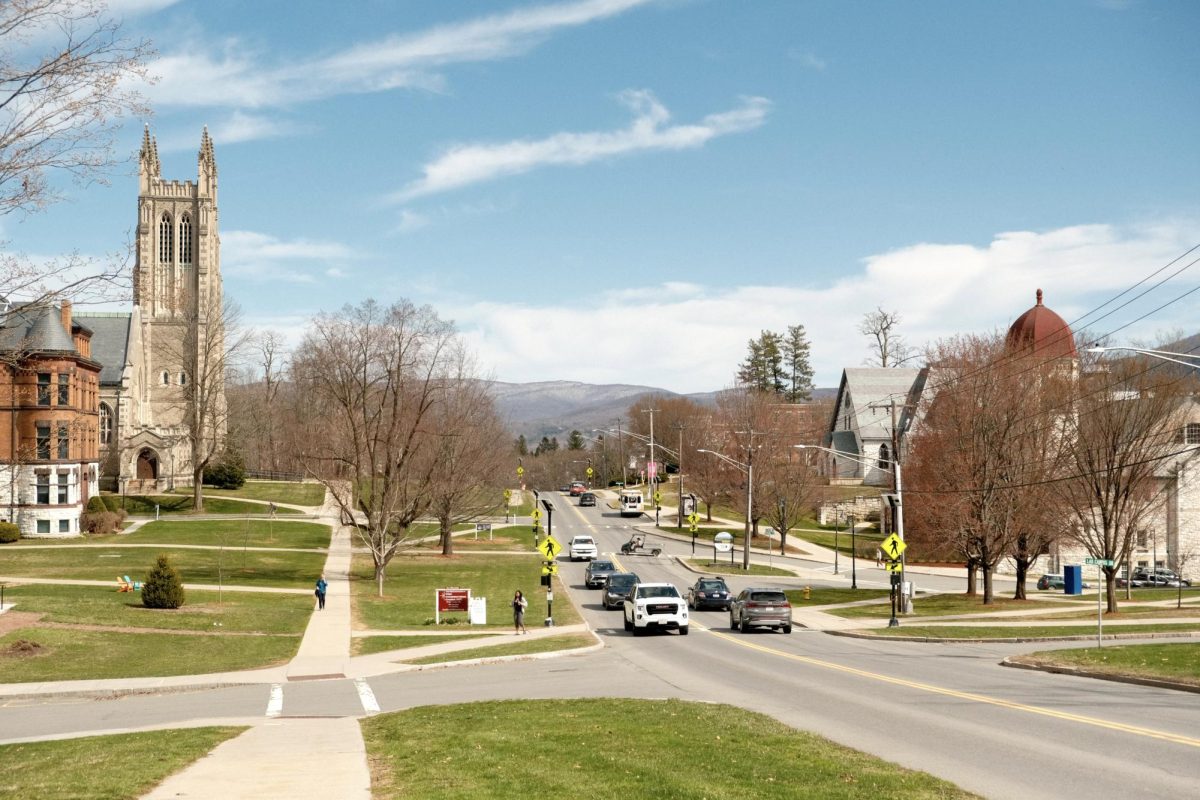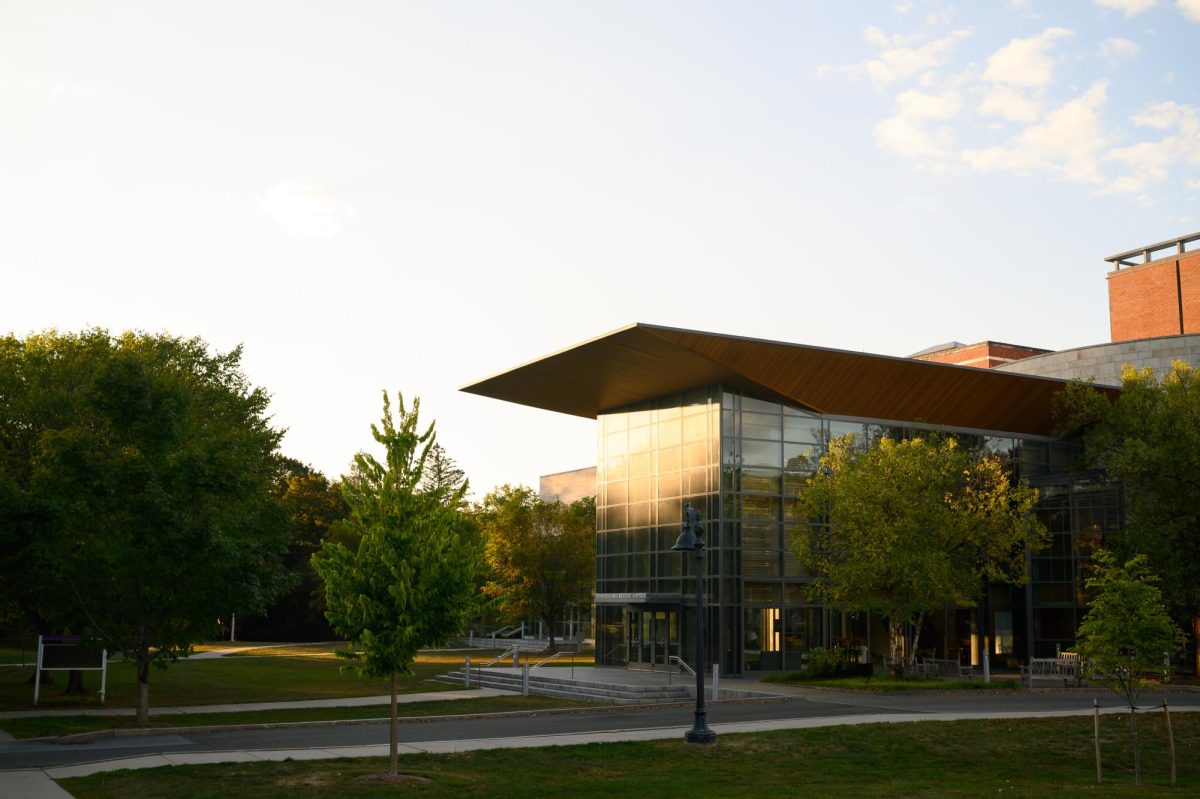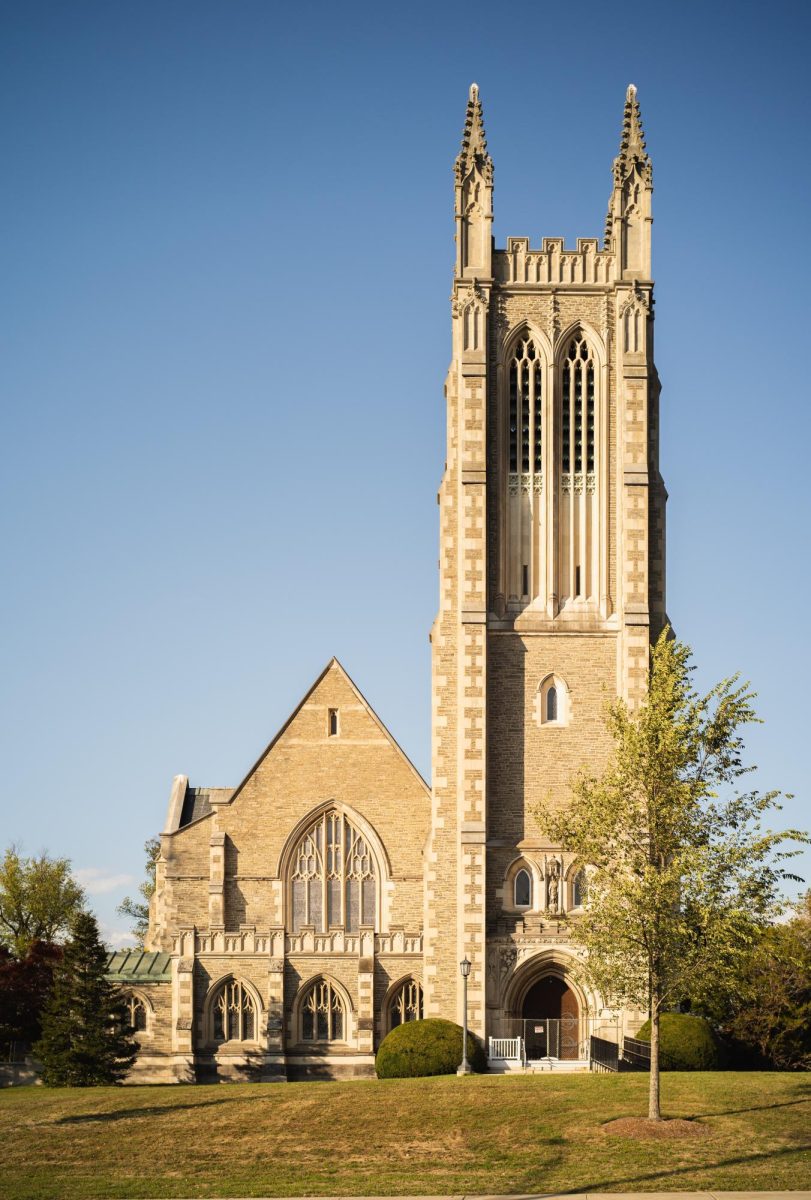The Williamstown Community Assessment Research (CARES) team published a qualitative report on Oct. 16 exploring Williamstown residents’ perceptions of their wellbeing and safety. The report sets forth concrete recommendations for the Town — though lead researchers expressed uncertainty that their initiatives would actually be implemented.
The team of researchers began the Williamstown CARES project in August 2020, following thousands of Black Lives Matter protests across the country.
“We were coming together and trying to figure out how all of this stuff out in the world applied to our local community,” Kerri Nicoll, one of the project’s lead researchers, said. “We couldn’t really decide what to do in Williamstown until we understood what was going on in Williamstown and what the needs were.”
In May 2021, the research team mailed a letter to every household and business in Williamstown, inviting them to participate in the project. Over the course of the next year, team members conducted interviews with 163 community members and five members of the Williamstown Police Department (WPD). The researchers asked open-ended questions and allowed interviewees to guide the conversations, leading to a wide range of discussions, said Abby Reifsnyder, a social worker on the team.
Based on the testimonies collected, the report lists four major recommendations for the Town: improve communication among residents and officials, review the practices of the WPD, implement new systems to support individual and collective wellbeing, and commit to intentional community building.
The final report found that residents believe some features of the Town — including the area’s natural beauty, access to the arts, and quality education — contribute to their wellbeing. However, residents also reported that experiences of racism, classism, and other forms of discrimination in the Town, as well as its insularity, insufficient intentional community-building, and lack of healthcare resources detract from their wellbeing.
“What Williamstown fails me in and has my whole life is the classism,” one resident told the research team. “It affects us personally… And I don’t know how to break that barrier, to feel welcome, to feel like I have a voice.”
Another resident discussed the difficulties behind connecting with their community.
“It’s easy to feel isolated here, because there’s not a lot of communication,” the resident said. “Unless you’ve been here for a long time and have a network, it’s hard to know exactly what’s going on in the Town.”
The report notes that the vast majority of interviewees identified both positive and negative aspects of the Town, suggesting that most residents feel supported in some ways but not in others.
The report also analyzes residents’ perceptions of the role of the WPD, finding that some residents regard the WPD as a source of protection from harm while others view its officers as “agents of social control” reliant on intimidation.
“I think of [calling in] the police as like calling in the army in a certain sense, and ideally, it would be a lot softer than that,” one interviewee said.
The researchers acknowledged that certain demographic groups within the Town — including people of color, lower-income residents, and younger residents — are underrepresented within the group of residents interviewed for the report. Black residents are especially underrepresented in the sample, according to the report.
“I think a lot of people of color were feeling like they were constantly being called on to speak for all people of color all the time,” Reifsnyder said. “There were folks who we knew had plenty to say who just were not interested in engaging.”
The report acknowledges that less than one-third of full-time WPD employees participated in the survey. “This is likely due to the divisive nature of public discourse at the time of the project, which may have led to heightened concerns about confidentiality and judgement on the part of WPD employees,” the report reads.
In the report, researchers outline specific proposals intended to enable the Town to reach each of the four central goals. To achieve better communication, for example, researchers wrote that the Town should consider partnering with an external government-community communications firm. They also suggested that the Town conduct trainings on inclusive meeting facilitation for elected officials.
“Chairing a local government committee is incredibly challenging, requiring not only content knowledge but also — and perhaps more so — skills for engaging diverse community members in contentious conversations while also making progress toward solutions,” the report states.
The report goes on to recommend that the Town establish a community safety review committee tasked with exploring “the alignment between current WPD practices and residents’ desires for safety and wellbeing.” The report emphasizes that the committee would be expected to examine general policing practices rather than monitor the day-to-day work of WPD officers.
“This is intended as a review of the system of policing in Williamstown, not as a review of individual members of the department,” it states.
The report also asks that the Town consider implementing a community responder program that would allow mental health clinicians, medics, or community members with relevant lived experiences and training to respond to wellbeing-related calls instead of the WPD.
“This will be an extensive process and should be entered into with the recognition that it will be both time- and labor-intensive but likely to produce significant long-term benefits in community safety and wellbeing,” the report states.
The report then suggests that the Town establish a community center where diverse groups of residents could meet. It adds that the Town should organize sustained dialogues with the hopes of facilitating “the development of genuine relationships across difference” and reducing instances of discrimination in the community.
However, Reifsnyder and Nicoll both voiced doubts to the Record about whether the projects outlined in the CARES report would actually be brought to fruition. The initial research director intended to oversee the implementation of its recommendations, but she resigned in December 2021, and no member of the team has taken over the role since.
“I fear that this amazing report — that was very well-received — will just languish,” Reifsnyder said.
She said the Town’s structure of government can contribute to confusion and inaction, as it isn’t always clear whether the Town Manager, members of the Select Board, or another committee will take responsibility for implementing the suggestions made in the report.
“Unless there is a commitment on the part of the Town for staffing and resources, a lot of [these projects] could fall by the wayside,” Nicoll said. “A community center is not going to appear in town without significant fundraising and grant writing and all kinds of people being involved.”
“[I]t is the hope of the research team that Williamstown will see both the strengths of its community and the areas it has for growth reflected in the findings here and that it will engage in the necessary work to implement recommendations,” the report concludes. “None of this work will be simple or quick, but working to become a more inclusive and equitable community never is.”









